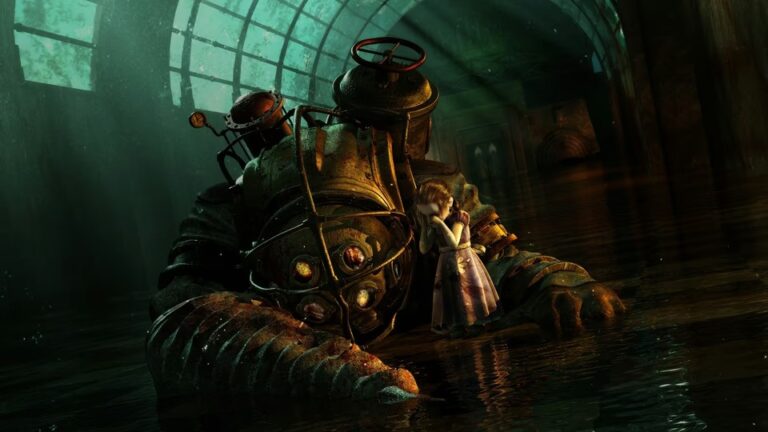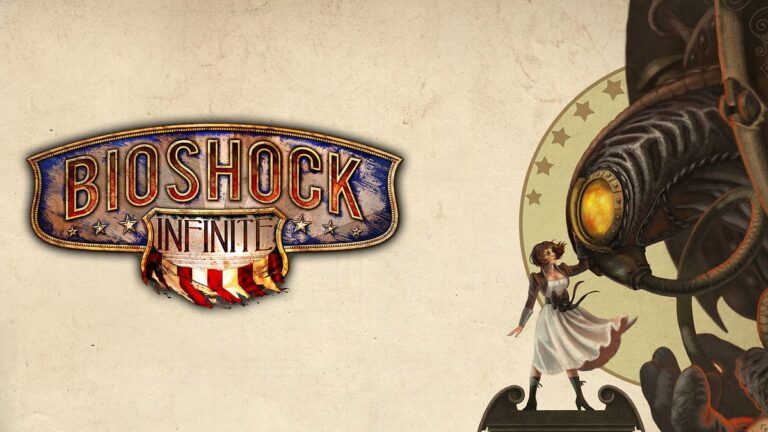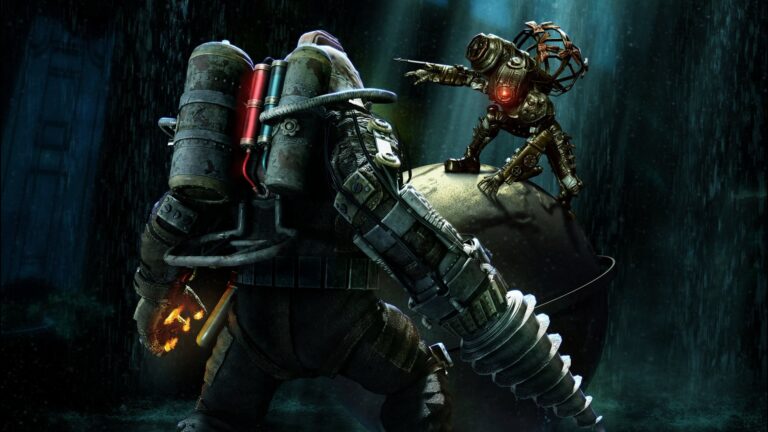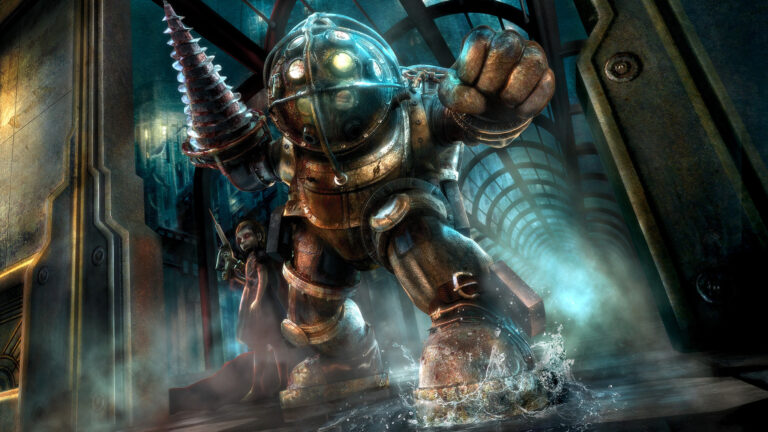And with that, we have completed another Love/Hate series here on IC2S! As soon as I finished...
Bioshock
Welcome back to the Bioshock Love/Hate series! In this entry, we’ll be covering the final game in...
Welcome back to the Bioshock Love/Hate series! In this entry, we’ll be covering Bioshock 2, a sequel...
Oh hey, it’s time for another Love/Hate series here on IC2S! After writing the list of my...



